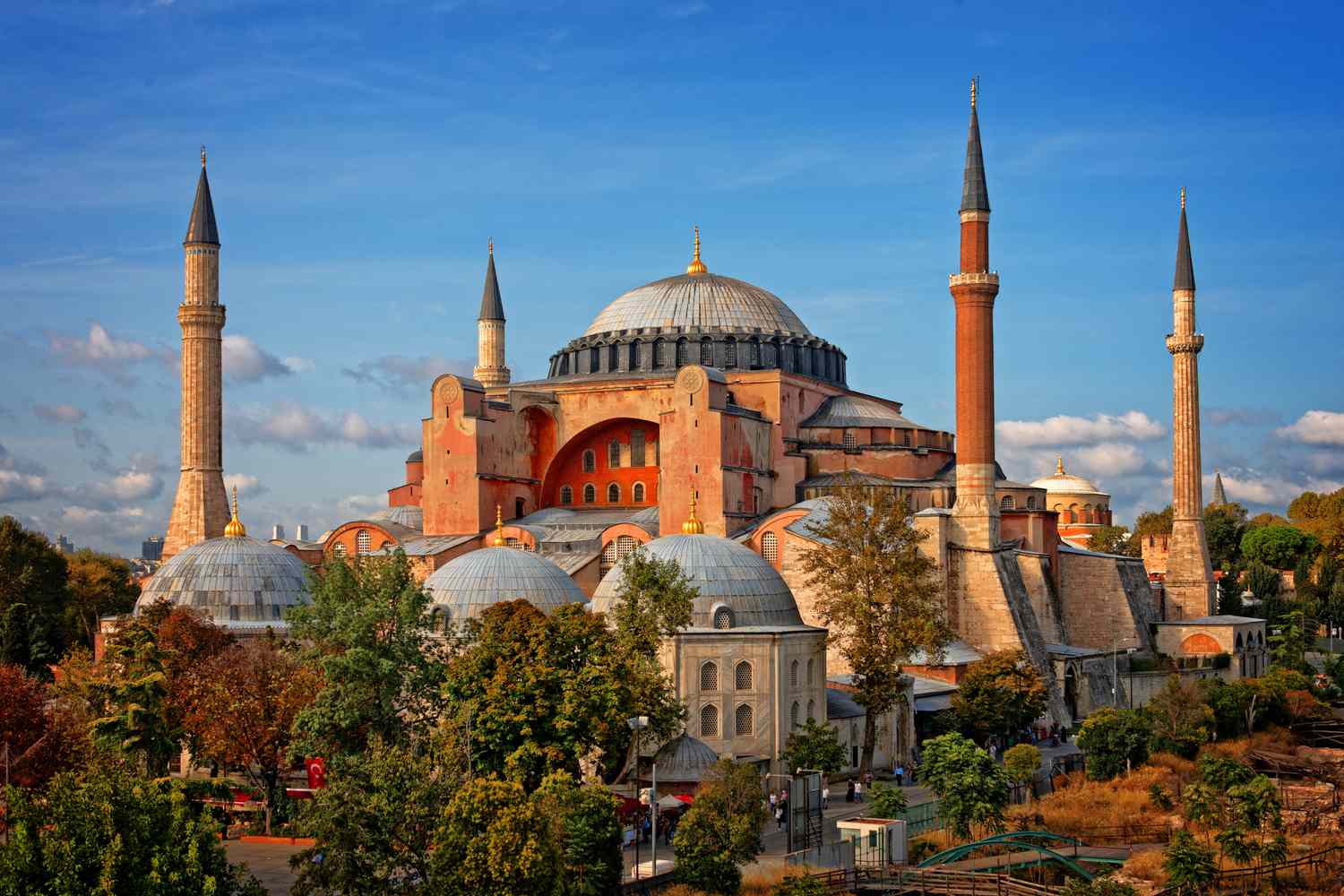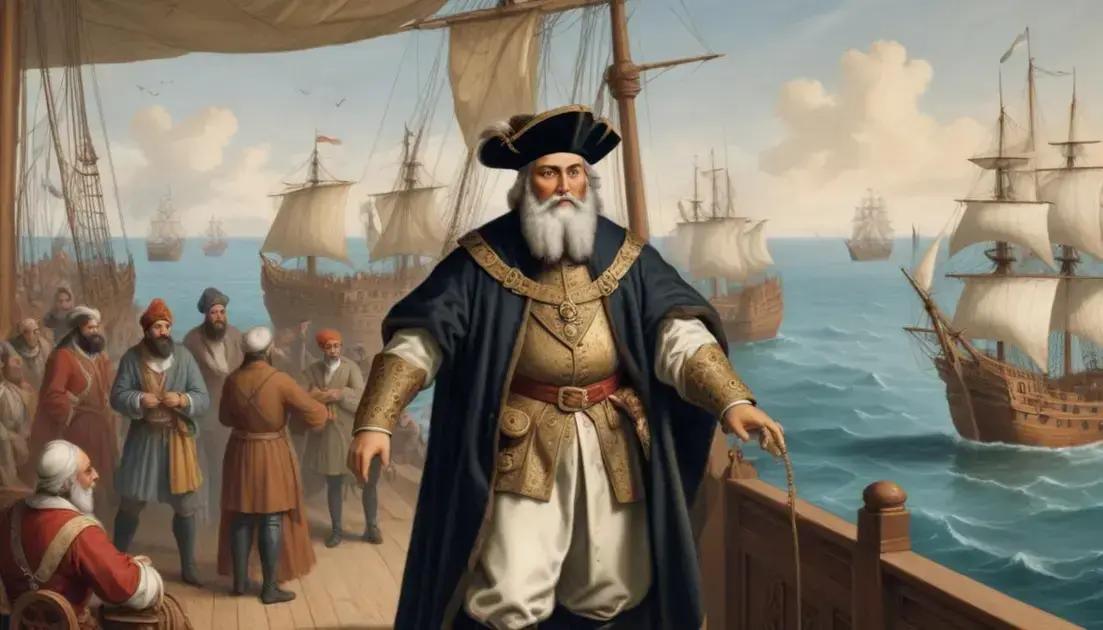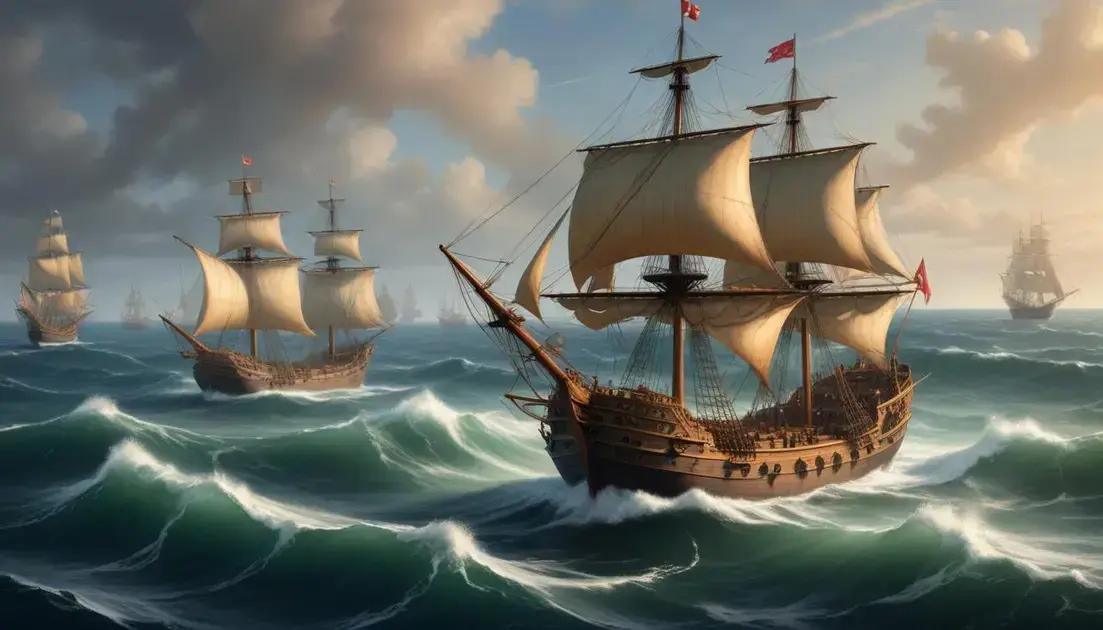
The Rise and Fall of the Ottoman Empire
I. Introduction: A Colossus Spanning Centuries
The Ottoman Empire, a sprawling and influential power that dominated much of the Eastern Mediterranean, Southeastern Europe, and Western Asia for over six centuries, stands as one of history’s most enduring and complex empires. From its relatively humble beginnings as a small Beylik in Anatolia during the late 13th century to its transformation into a vast transcontinental empire controlling strategically vital territories, the Ottoman Empire’s trajectory is a compelling narrative of military prowess, political acumen, economic dominance, cultural flourishing, and ultimately, decline and disintegration. This essay will explore the key factors that contributed to the empire’s extraordinary rise, its periods of expansion and consolidation, the internal and external pressures that led to its decline, and its lasting legacy on the geopolitical landscape and cultural heritage of the modern world. Its impact reverberates even today, shaping the political and social dynamics of numerous countries in the Middle East, Southeastern Europe, and North Africa.
II. The Genesis of an Empire: From Beylik to Sultanate (1299-1453)
The origins of the Ottoman Empire can be traced to Osman I, a Turkish tribal leader who established a small principality (Beylik) in northwestern Anatolia in 1299. Osman’s shrewd leadership and military successes, building upon existing Seljuk and Anatolian Turkish foundations, laid the groundwork for future expansion. His successors, notably Orhan I and Murad I, continued this aggressive policy of territorial acquisition, skillfully exploiting internal conflicts within the weakening Byzantine Empire and other neighboring powers.
Orhan I’s reign witnessed significant territorial gains in both Anatolia and the Balkans. The conquest of Bursa in 1326 marked a turning point, solidifying Ottoman control over a vital region and providing a secure base for further expansion. Murad I’s military reforms, including the creation of the elite Janissary corps – a highly disciplined infantry force composed of converted Christian boys (devşirme system) – proved crucial in securing decisive victories against Byzantine and Balkan forces. The Battle of Kosovo in 1389, although tactically inconclusive, represented a significant symbolic victory and marked the beginning of Ottoman dominance in the Balkans.
The reign of Bayezid I (1389-1402) saw further expansion into the Balkans and a direct challenge to the remaining Byzantine territories. However, his ambition led to a devastating confrontation with Timur (Tamerlane), the Central Asian conqueror, at the Battle of Ankara in 1402. Bayezid’s defeat and death plunged the empire into a period of interregnum (1402-1413) – the Ottoman Interregnum – known as the “Time of Troubles,” marked by civil war between his sons before the ascension of Mehmed I restored stability.
Mehmed I’s successful consolidation of power laid the groundwork for the next phase of Ottoman expansion, which culminated in the conquest of Constantinople. This city, once the capital of the Roman and Byzantine Empires, held immense strategic and symbolic importance, controlling crucial trade routes between Europe and Asia.
III. The Zenith of Power: Conquest and Consolidation (1453-1600)
The capture of Constantinople by Mehmed II in 1453 marked a pivotal moment in world history. The fall of this ancient city, the last stronghold of the Byzantine Empire, signified a dramatic shift in the balance of power in the region and established the Ottoman Empire as a major player on the world stage. Mehmed II implemented a series of reforms aimed at consolidating Ottoman control over the newly conquered territories and integrating them into the empire’s administrative and economic structures. He also initiated the transformation of Constantinople into a magnificent capital, Istanbul, reflecting the empire’s growing power and prestige.
The centuries that followed witnessed an unprecedented period of Ottoman expansion and territorial consolidation. Under the reign of Selim I (1512-1520), the Ottomans conquered Egypt and Syria, gaining control over vital trade routes and expanding their influence into the Middle East and North Africa. Selim’s military successes significantly enhanced the empire’s economic power and further solidified its position as a leading regional power.
The reign of Suleiman the Magnificent (1520-1566) represents the apex of Ottoman power and influence. Suleiman’s military campaigns extended the empire’s reach across vast territories in Europe, North Africa, and the Middle East. His conquests included the siege of Belgrade, the conquest of Rhodes, and naval dominance in the Mediterranean, creating a formidable empire. Suleiman’s reign also witnessed a flourishing of Ottoman arts, architecture, and literature, a golden age reflected in magnificent architectural marvels like the Süleymaniye Mosque in Istanbul. His reign was also marked by sophisticated legal and administrative reforms that ensured the efficiency and stability of the empire.
IV. Internal Dynamics and Challenges: Seeds of Decline (1600-1800)
Despite the considerable achievements of the earlier period, the 17th century marked the beginning of a gradual but significant decline for the Ottoman Empire. Several factors contributed to this downturn. Firstly, the empire’s vast size made effective administration and control increasingly difficult. Communication and logistical challenges hindered the empire’s ability to respond effectively to internal rebellions and external threats. Furthermore, internal power struggles and corruption within the imperial court weakened the authority of the sultans and hampered effective governance.
Military defeats against European powers, such as the failure to conquer Vienna in 1683, signified the waning military dominance of the Ottomans. The rise of powerful European states like France, Britain, Austria, and Russia created new challenges to Ottoman hegemony. These powers, driven by expanding mercantile interests and imperial ambitions, gradually chipped away at Ottoman territories, using internal conflicts as opportunities to expand their own influence.
Economic stagnation and inflation also played a significant role in the empire’s decline. The decline in trade, partly due to European exploration and the rise of new trade routes, negatively impacted the empire’s revenue streams and its ability to maintain a strong military. The empire’s reliance on a relatively static agrarian economy, combined with its inability to adapt to evolving economic realities, further exacerbated these issues.
V. The 19th Century and the Tanzimat Reforms: A Struggle for Modernization
Facing mounting internal and external pressures, the Ottoman Empire attempted various reforms throughout the 19th century to address its weaknesses and modernize. The Tanzimat era (1839-1876) represented a significant effort to adopt European administrative, military, and legal models. These reforms aimed to centralize the government, improve the bureaucracy, and enhance the army’s effectiveness.
While the Tanzimat reforms had some successes, including advancements in infrastructure, education, and legal codes, they ultimately failed to address the fundamental issues undermining the empire. Internal resistance from conservative elements within Ottoman society, coupled with ongoing economic woes and the aggressive designs of European powers, limited the impact of the reforms. The empire’s inability to fully embrace industrialization and compete economically with European powers further weakened its position.
Nationalist movements among various ethnic and religious groups within the empire presented another significant challenge. Groups such as the Greeks, Serbs, Bulgarians, and Armenians increasingly sought independence or autonomy, exploiting the weakening grip of the central Ottoman government. The rise of nationalism throughout Europe inspired similar sentiments within the Ottoman Empire, leading to a series of revolts and wars that progressively diminished Ottoman power and territory.
VI. World War I and the Dissolution of the Empire (1914-1922)
The Ottoman Empire’s involvement in World War I on the side of the Central Powers proved to be disastrous. The war exposed the empire’s military weakness and its inability to withstand the combined might of the Allied powers. Military defeats and the subsequent occupation of Ottoman territories further eroded its prestige and influence. The war also created opportunities for nationalist movements to gain momentum and seek their own political aspirations.
The Armenian Genocide, a horrific event during World War I, stands as a dark stain on the Ottoman Empire’s history. The systematic persecution and extermination of the Armenian population, a significant minority within the empire, continues to be a topic of international condemnation and historical debate.
The post-war settlement dismantled the Ottoman Empire, dividing its territories amongst the Allied powers. The Treaty of Lausanne (1923) formally ended the Ottoman Empire, marking the end of a vast empire that had once dominated a significant portion of the Eurasian landmass.
VII. The Legacy of the Ottoman Empire: A Lasting Impact
The Ottoman Empire’s legacy is profound and complex. Its six-century reign left an indelible mark on the cultural, political, and social landscapes of numerous countries across three continents. The empire’s architectural marvels, such as the Hagia Sophia, Topkapi Palace, and Süleymaniye Mosque, stand as testament to the empire’s artistic and architectural achievements. Ottoman contributions to literature, music, art, and cuisine continue to resonate in the cultural heritage of many countries today.
The empire’s administrative system, although not without its flaws, served as a model for subsequent states. Aspects of Ottoman law, political organization, and bureaucratic structures have influenced the development of legal and political systems in several countries of the former Ottoman Empire. Its system of tax collection and economic policies had a lasting impact on the economic development of these regions.
The empire’s legacy is not without its dark side. The treatment of religious and ethnic minorities, including the Armenian Genocide, serves as a stark reminder of the empire’s human rights abuses and its internal conflicts. The legacy of these events continues to shape contemporary relations and historical memory in the region.
The Ottoman Empire’s rise and fall provides a rich case study in the complexities of empire building, the dynamics of power, and the challenges of maintaining stability and unity within a vast and diverse territory. The study of the Ottoman Empire’s history remains crucial for understanding the historical and political dynamics of the modern Middle East, Southeastern Europe, and North Africa, shedding light on current geopolitical challenges and conflicts.


